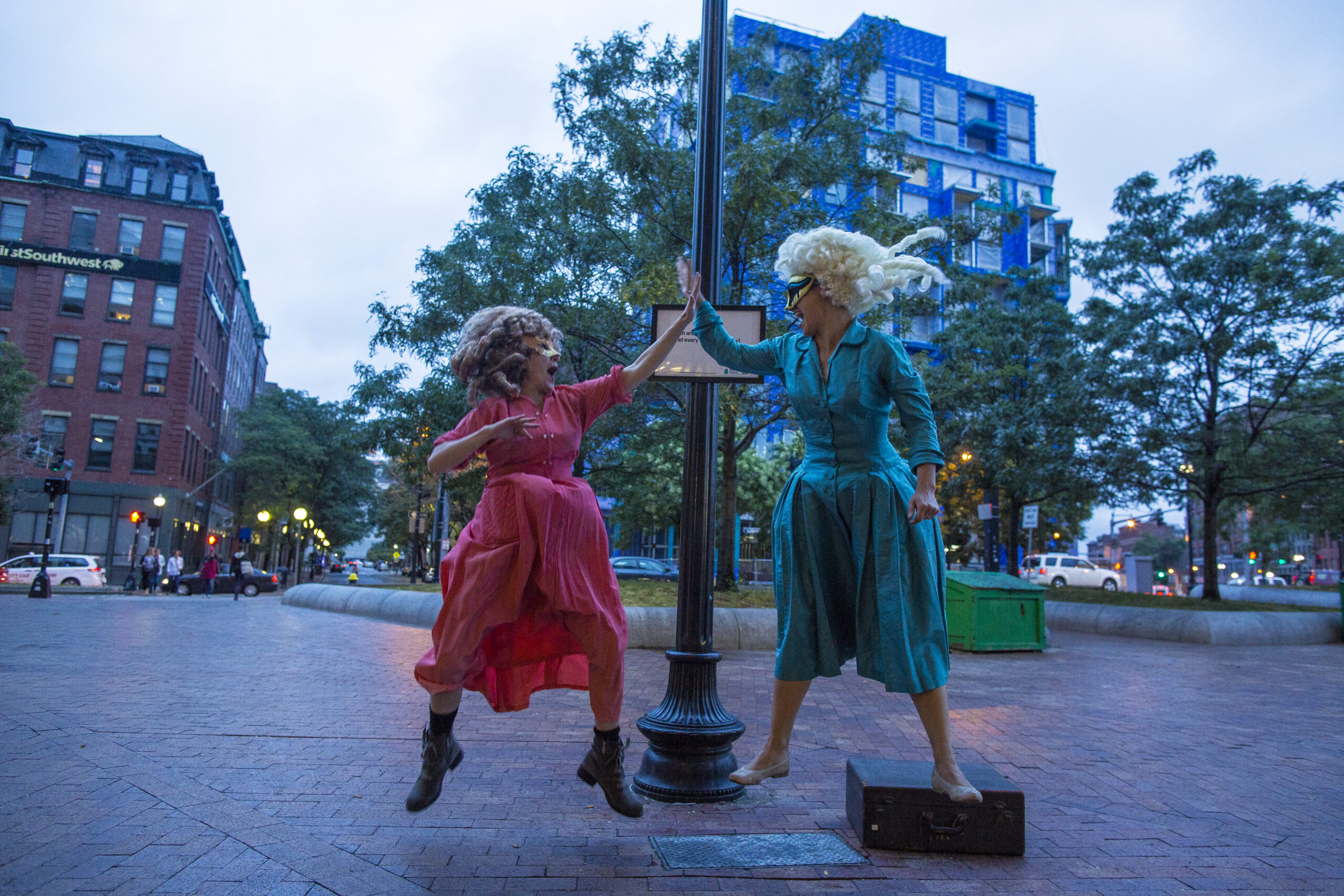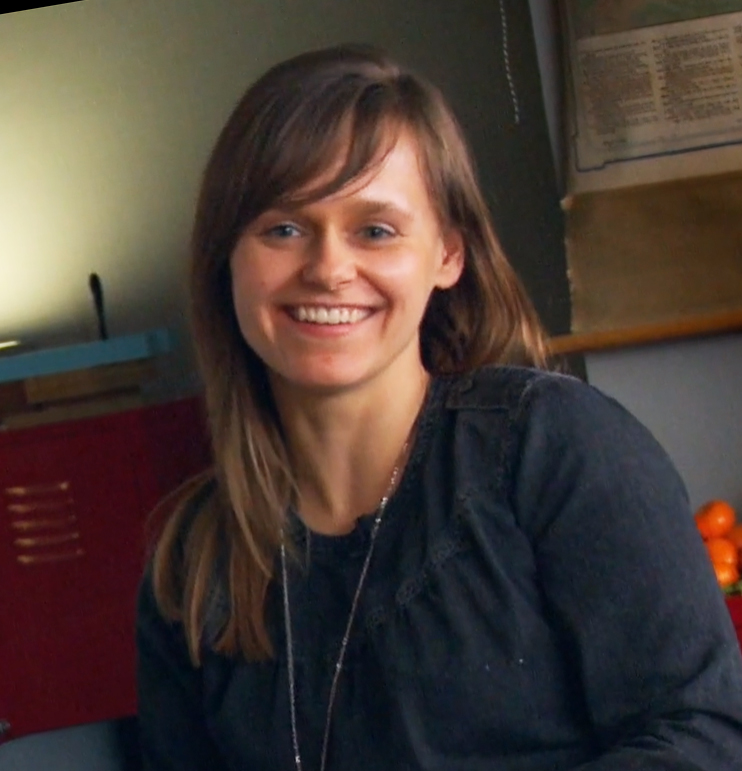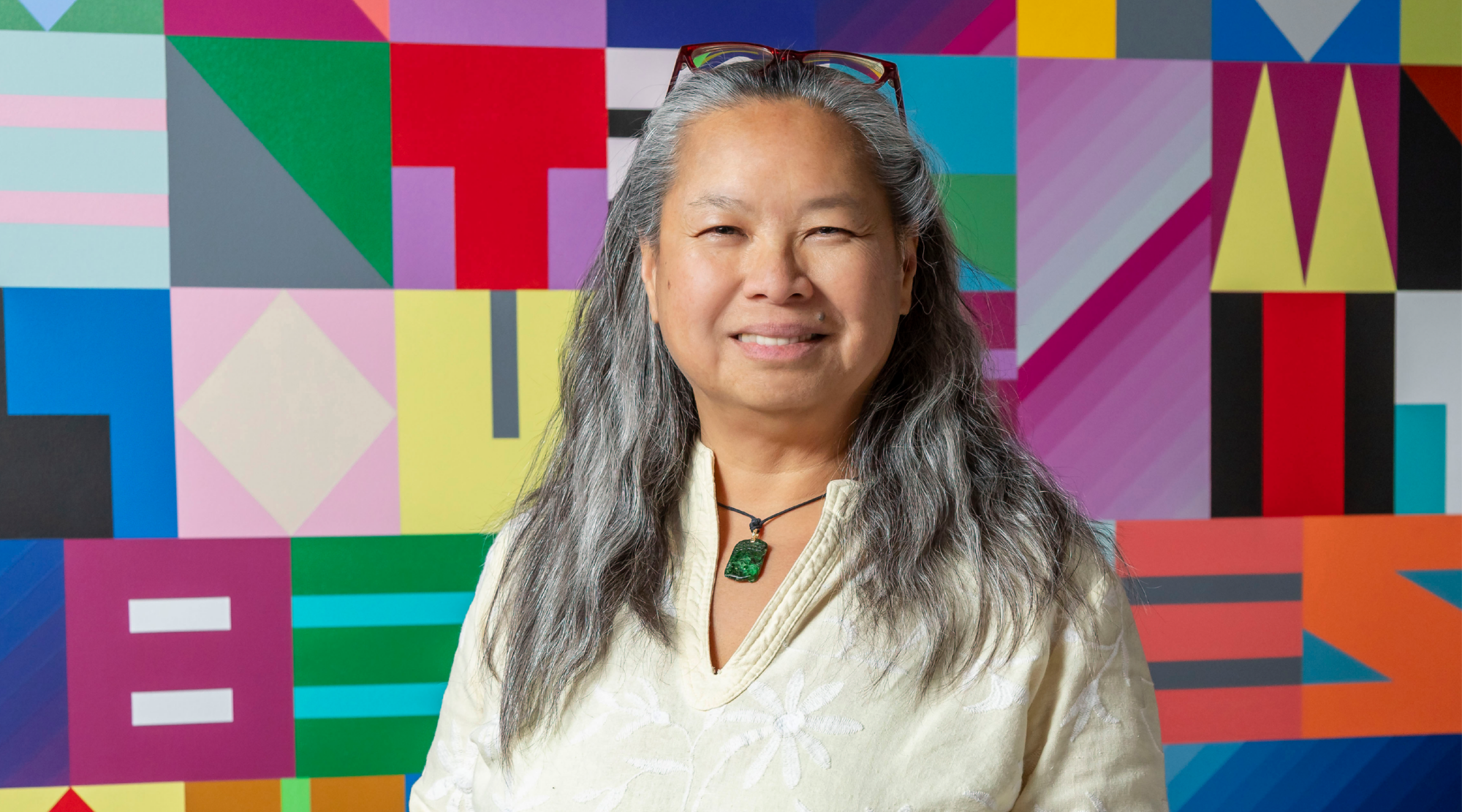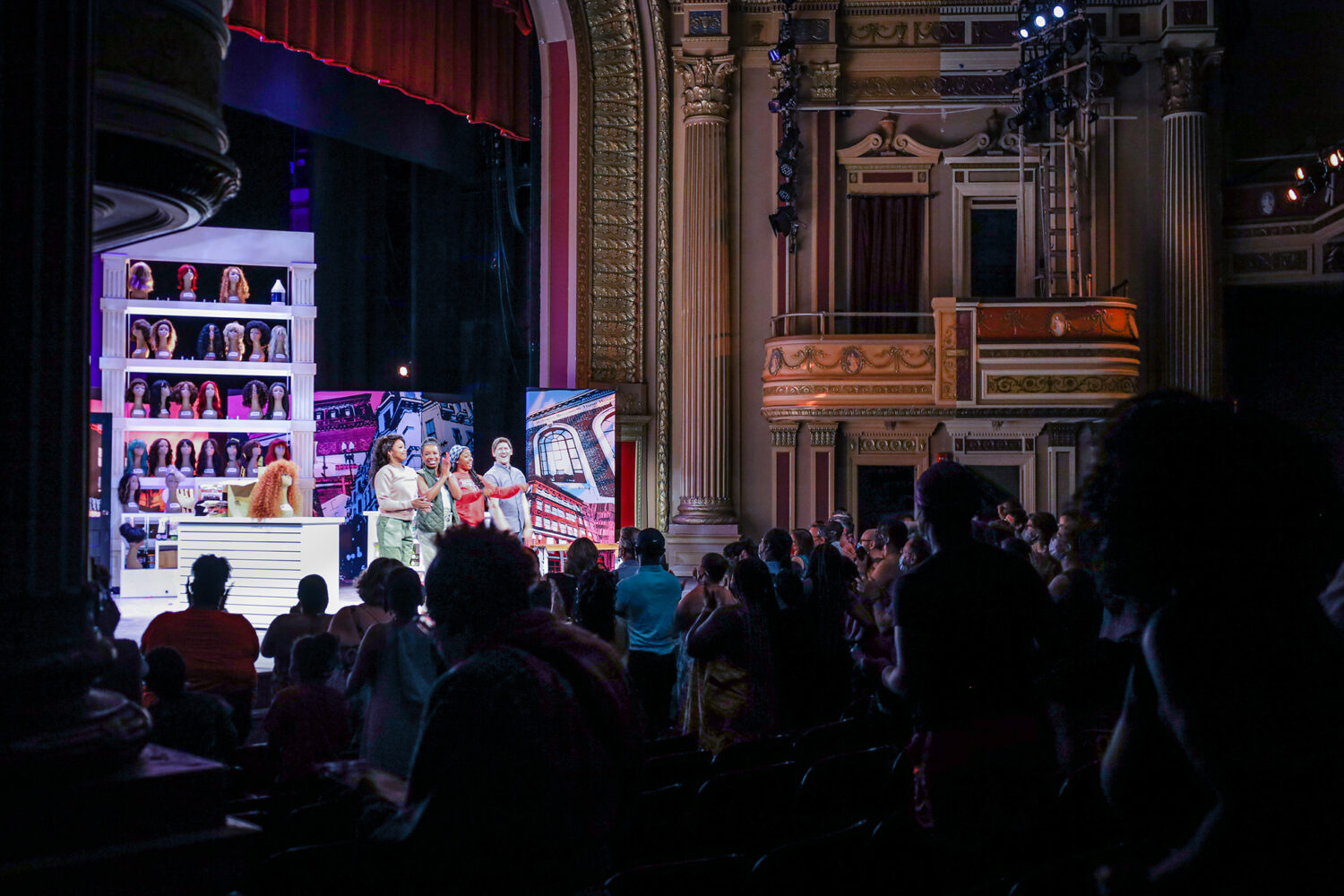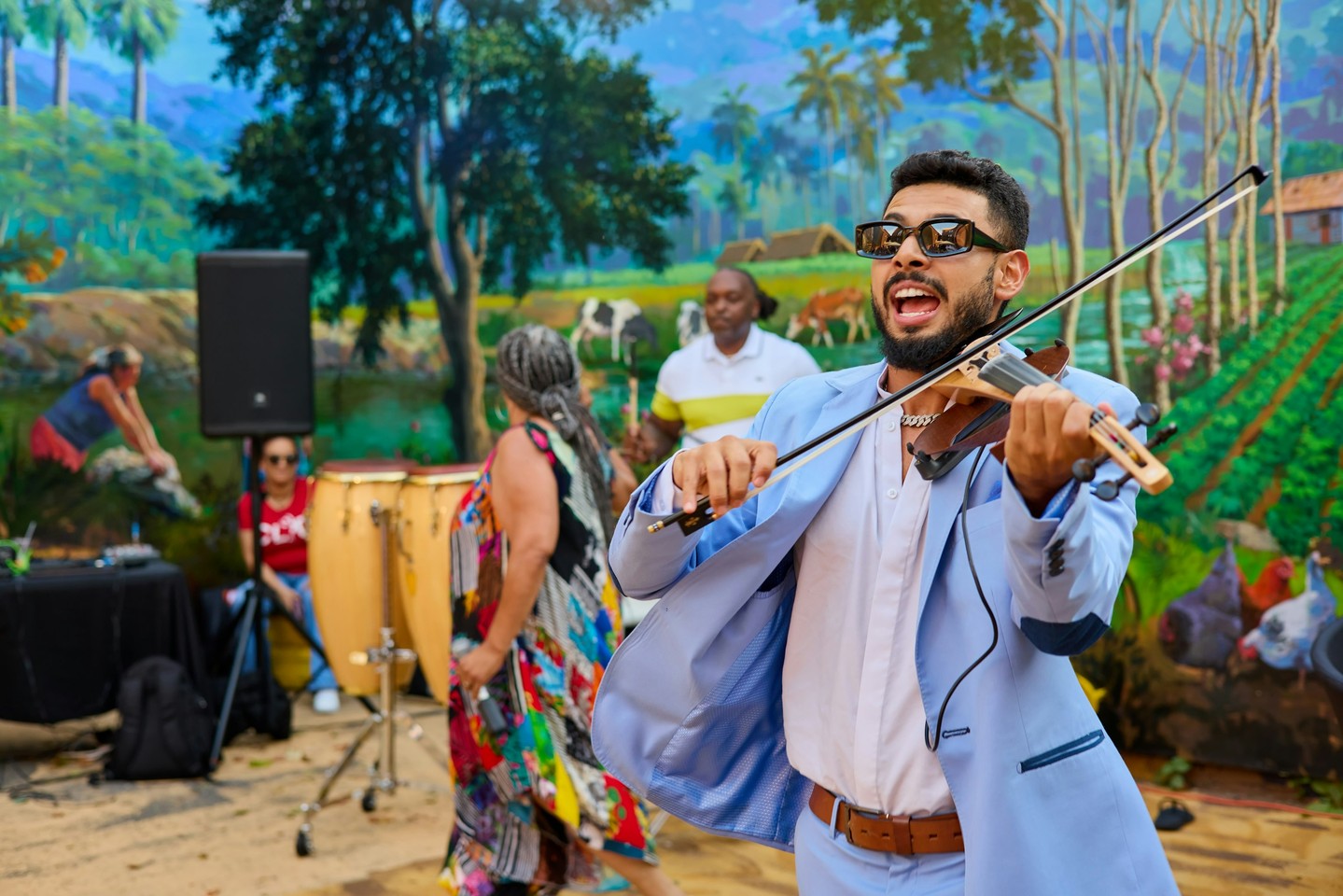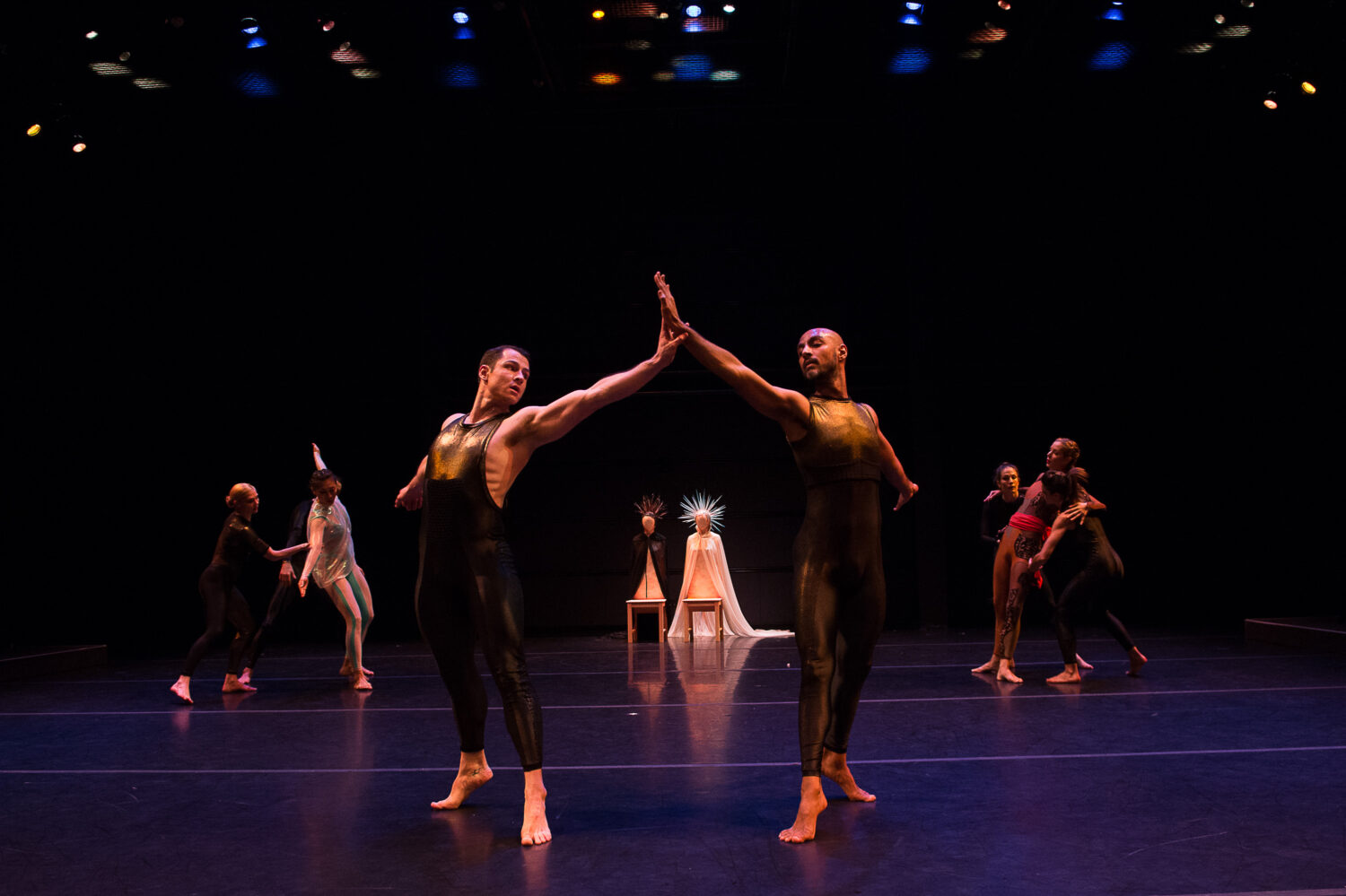When the City of Boston first set out to develop a cultural plan, it knew it didn’t want a cookie-cutter planning process. It wanted a process as creative as it was ambitious. It wanted to evoke as many ideas as possible about the city’s creative potential by inspiring participation from a wide range of residents, including artists and art-makers. To accomplish this, City officials knew they needed help. They recruited Department of Play, a collective of artists best known for creating imaginative play zones in Boston’s public spaces.
Throughout the City’s planning process—Boston Creates—the unique ways in which Department of Play contributed to community engagement were really remarkable to witness and deserve to be shared citywide. In collaboration with Technical Development Corporation, we are working to document the Boston Creates artist-city partnership and will release a case study about it later this year. In the meantime, I had a chance to catch up with Katarzyna Balug, co-founder of Department of Play, and ask for her reflections on the project. Below are excerpts from our conversation.
Who were the artists involved with the Boston Creates community engagement process?
The creative team was made up of Department of Play, which includes Maria Vidart-Delgado and myself, and three other artists: Shaw Pong Liu, Heather Kapplow, and Leonardo March. The artists’ work built off the Boston Creates community meeting format and brought a sense of creative adventure into the planning process. The primary goals were for the conversation about culture to be a cultural experience in itself, to make the public process inclusive of and relevant to a broader public, and to translate the sometimes obscure and abstract language of planning into relatable experiences.
What type of activities did you participate in?
Each of the artists first participated in the ongoing public engagement process: we attended team leader meetings, youth trainings, and community conversations, and we examined the information the public was offering the planning team. Then, each artist or collective developed unique projects that will be the subject of the case study, to be released this spring. For a sense of what these projects were like, here are a few of my favorite photos:




What was your favorite moment during the community engagement process?
Department of Play created the personas of future-past curators, our alter egos in costumes and 18th-century wigs. Weekly, we would frame images of the ideas for the future of the arts that people had posted to the Boston Creates online map. During one of our outings, we were hanging a framed image of a co-working incubator, an idea for a site in Jamaica Plain contributed by a Boston resident, when a man approached us. After taking some selfies and laughing with him, we had a conversation about the location and the proposal, during which he voiced his concerns and asked a question online to the originator of the idea. We felt it was an illustrative moment for how local residents can engage with one another in critical dialogue about different visions for their city.


What’s happening in other cities that can help Boston think outside its artistic box?
One piece of work that comes to mind is by Alfredo Jaar, a U.S.-based Chilean artist who trained as an architect and whose works confront and rebuild from acts of injustice across the globe. He responded to a lack of interest in a cultural space by creating a museum, Skoghall Konsthall. Built entirely of paper, the structure’s architectural design respected and celebrated the local context. After opening its doors for merely 24 hours, the museum was burned to the ground, sealing its future almost simultaneously with its entrance in the world.

The townspeople became museum-goers just as the museum itself was destroyed. Jaar’s delicate study of human sensation produced a void in the residents’ minds that mobilized a desire for a more permanent museum. Several years later, the town offered to commission him to design a permanent structure for culture. The thought of artists in Boston having this much freedom to act on and in public space is inspiring.
Do you have any advice for cities thinking of adding a Department of Play?
Department of Play is a liminal, collaborative space, a space for public imagination that operates in between established ways of thinking and doing, pushing the “what-ifs.” I think most cities have people thinking and working like this already. Perhaps rather than adding, it’s about identifying, then constructing a nurturing environment for the local creative and thoughtful populations, and finding ways to connect them to each other and across cities, to collaboratively make better places for all inhabitants.
